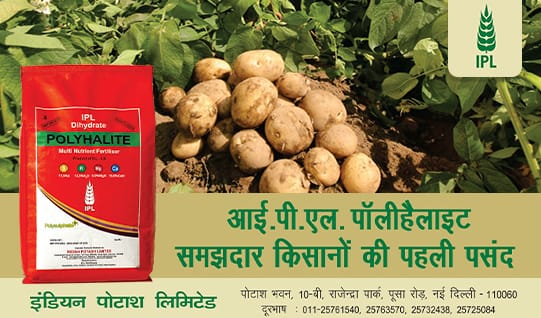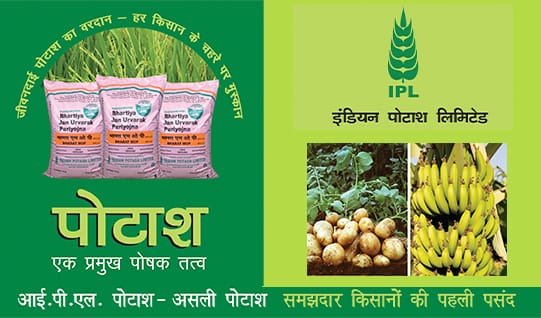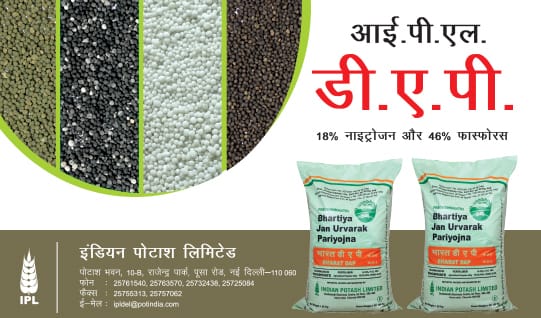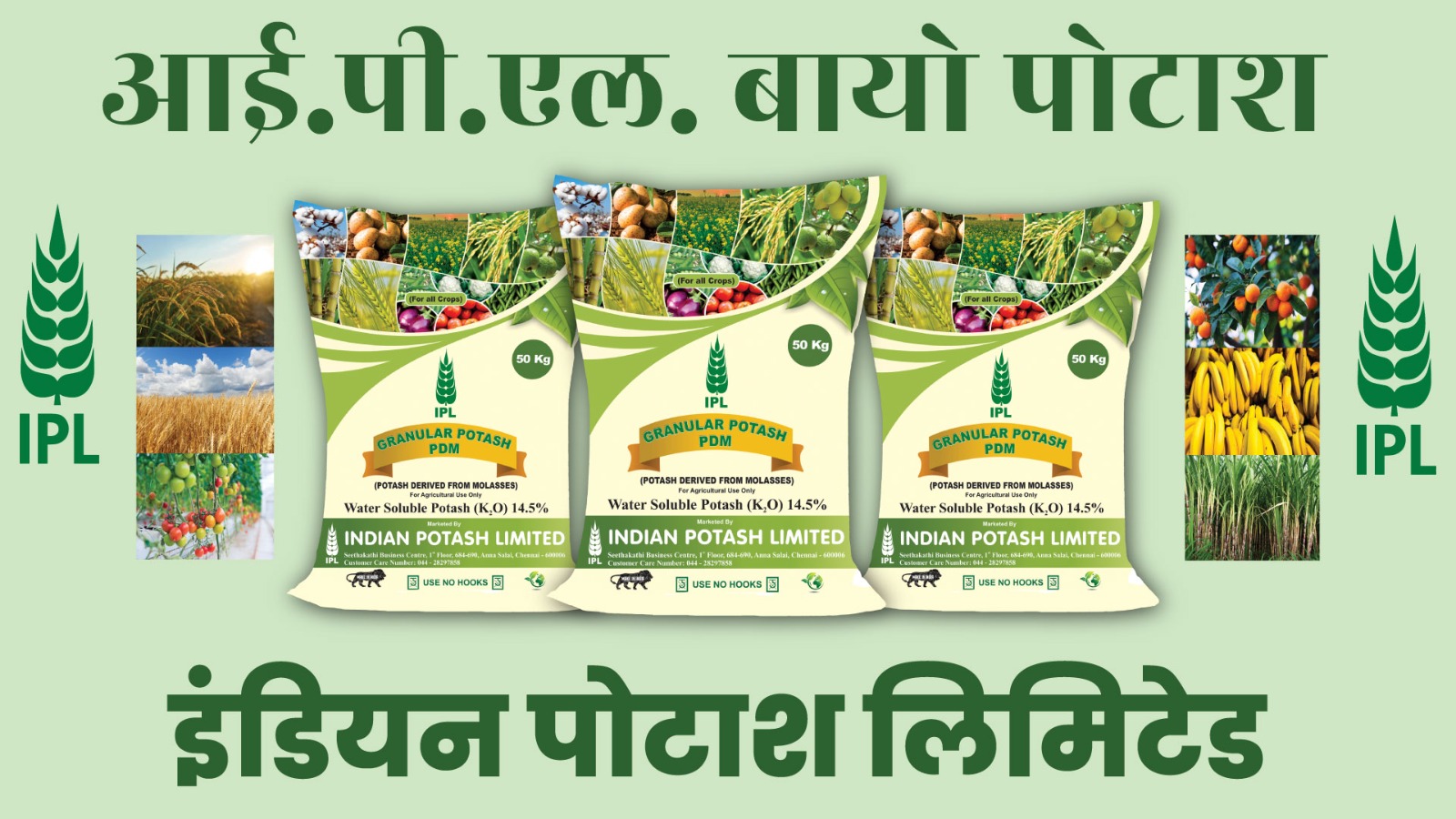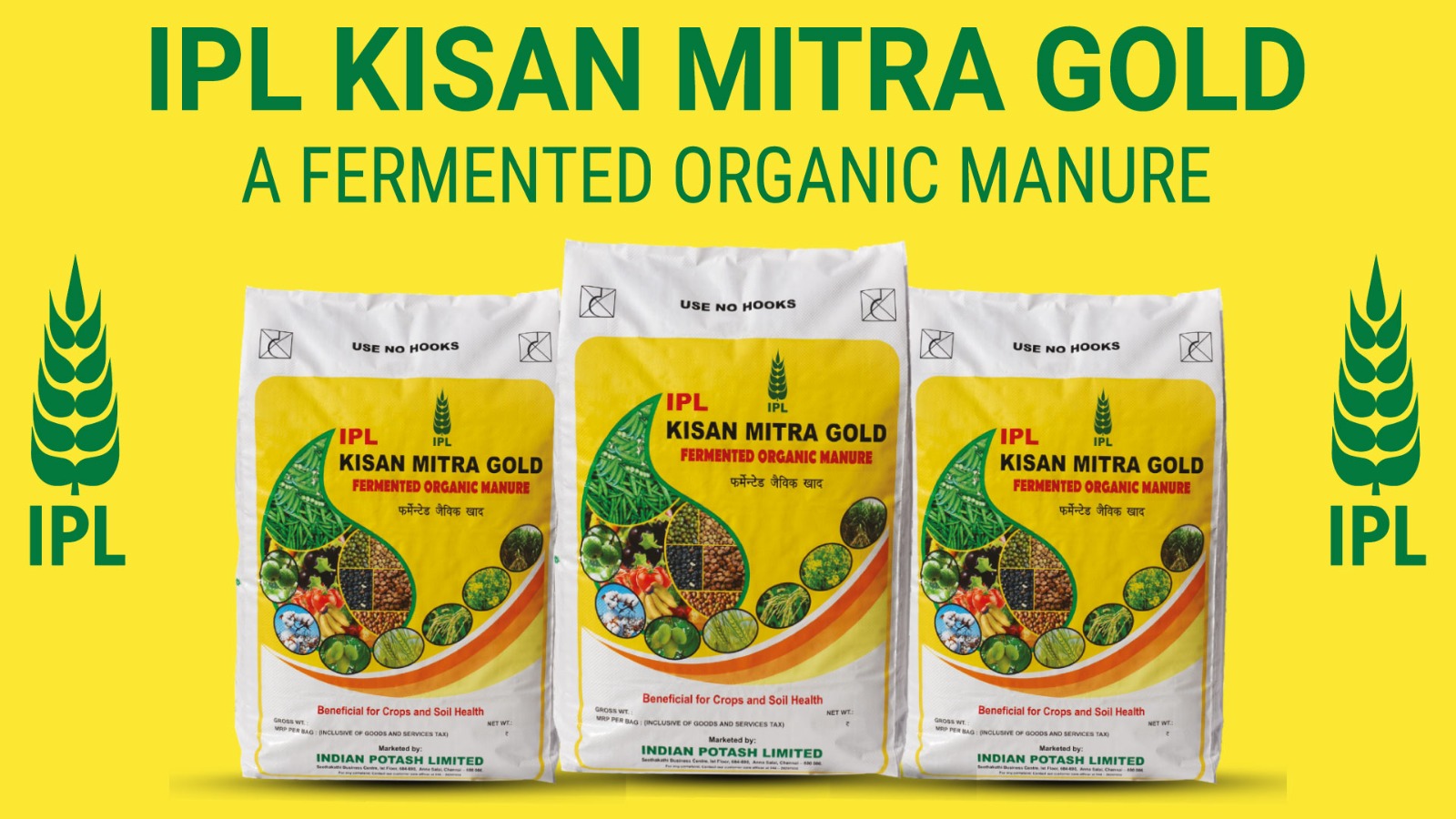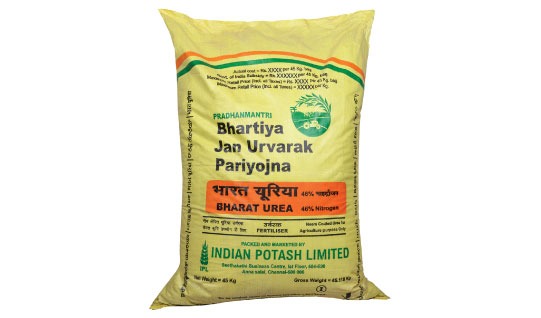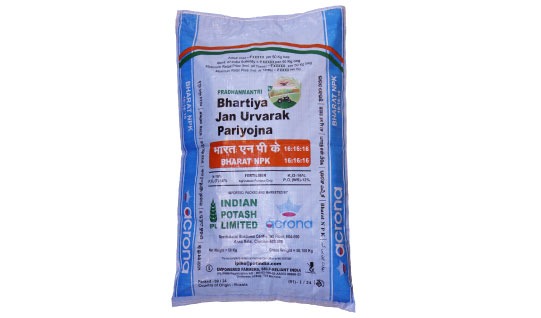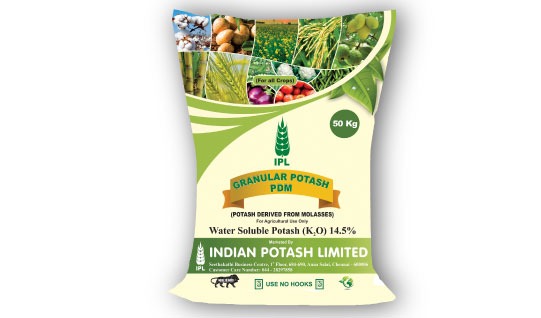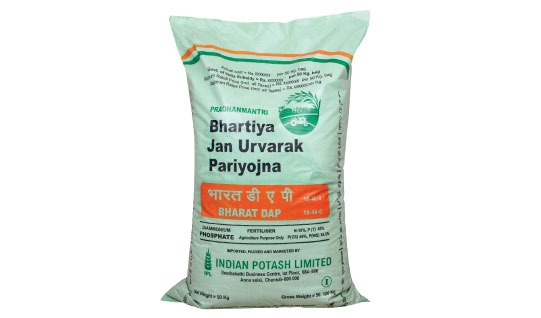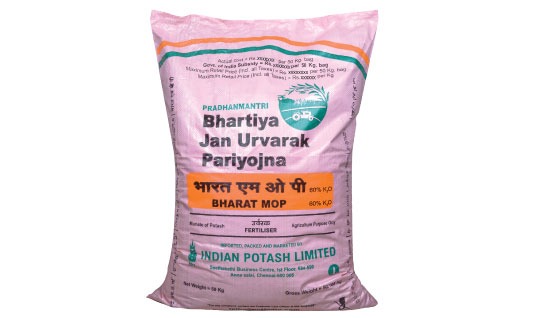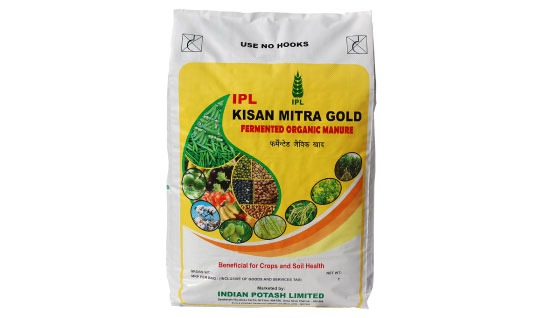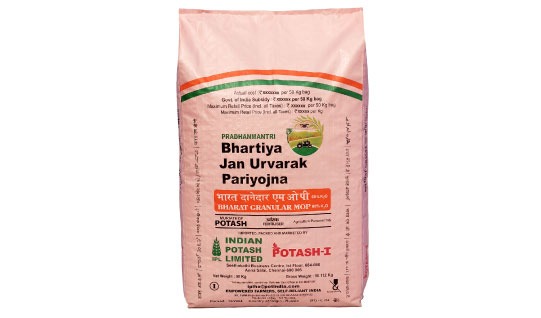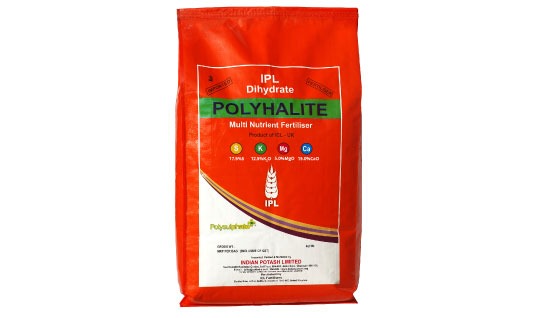Pulse Prices Dip Slightly, but Edible Oils Remain Costly: Govt Data
However, the relief offered by pulses is countered by the sustained high prices of edible oils. Compared to last year, Mustard Oil has seen a substantial 24.83% jump in retail price, followed by significant increases in Vanaspati (21.91%), Soya Oil (17.70%), Sunflower Oil (29.75%), and Palm Oil (a considerable 34.05%).
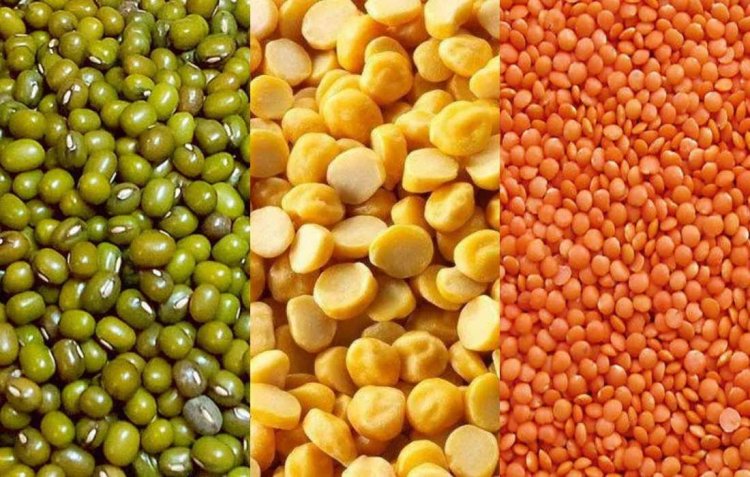
R. Suryamurthy
Consumers may find some solace in the slight decrease in the prices of most major pulses over the past month, the persistent high cost of edible oils continues to be a concern for household budgets, according to the latest figures released by the Department of Consumer Affairs.
Data from the Price Monitoring Division reveals that the daily average retail prices of key pulses – including Gram Dal, Tur/Arhar Dal, Urad Dal, Moong Dal, and Masoor Dal – have generally trended downwards in the last month, with reductions ranging from a modest 0.32% to a more significant 3.51% for Tur/Arhar Dal. Looking back a year to April 2024, the scenario is more diverse. While Gram Dal prices are up by roughly 3.5-3.9%, other major pulses like Tur/Arhar Dal, Urad Dal, Moong Dal, and Masoor Dal show notable decreases, ranging from 4.62% to 15.27%. This suggests a potential easing of long-term pressure on pulse prices, particularly for Tur/Arhar Dal.
However, the relief offered by pulses is countered by the sustained high prices of edible oils. Compared to last year, Mustard Oil has seen a substantial 24.83% jump in retail price, followed by significant increases in Vanaspati (21.91%), Soya Oil (17.70%), Sunflower Oil (29.75%), and Palm Oil (a considerable 34.05%). Groundnut Oil has remained relatively stable with a marginal 0.13% increase over the year. Interestingly, the month-on-month changes for edible oils are less dramatic, with most showing minor fluctuations of around 1%, indicating a recent stabilization at higher price points.
Regional disparities in prices are also evident across major metropolitan cities and Ranchi. For instance, Gram Dal in Mumbai is significantly more expensive at ₹97/kg compared to Delhi's ₹88/kg. Tur/Arhar Dal shows a wide price range, from ₹122/kg in Kolkata and Ranchi to ₹142/kg in Mumbai. Similarly, Groundnut Oil in Ranchi stands out at a high of ₹251/kg.
In contrast to the volatility in pulses and edible oils, essential cereals like Rice and Wheat have maintained relative price stability over the past month. However, year-on-year comparisons show increases for Wheat and Atta (Wheat) by 2.92% and 3.98% respectively, while Rice has seen a slight decrease of 3.56%. Sugar prices have shown marginal increases both in the last month (0.37%) and over the past year (2.83%).
Vegetable prices present a mixed picture. Potato prices have edged up in the last month but are significantly lower (14.04%) compared to last year. Onion prices have decreased both over the month (12.35%) and the year (9.74%). Tomato prices, while up by 6.09% in the last month, show a substantial decrease of 34.48% compared to a year ago.
The current price trends suggest a slight easing of pressure on pulse prices in the short term, which could offer some financial respite to consumers. However, the persistently high cost of edible oils remains a major concern for household budgets. The relative stability in cereal and sugar prices provides a degree of predictability, while the fluctuating vegetable prices highlight the seasonal and other factors influencing this essential category.



 Join the RuralVoice whatsapp group
Join the RuralVoice whatsapp group
